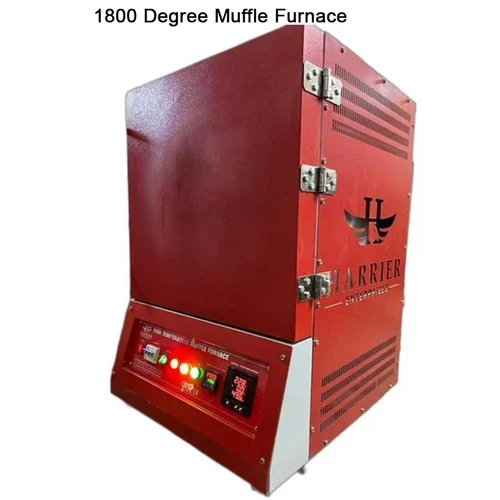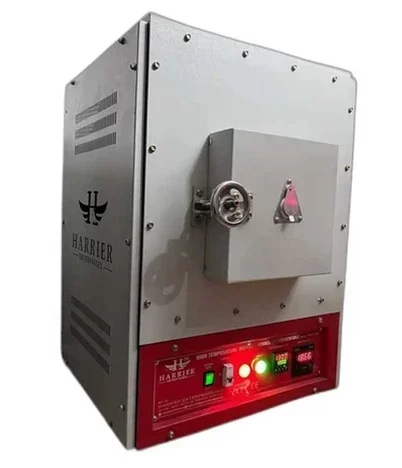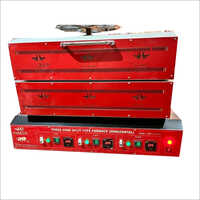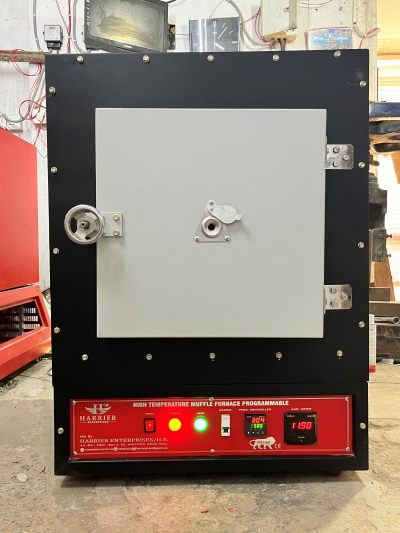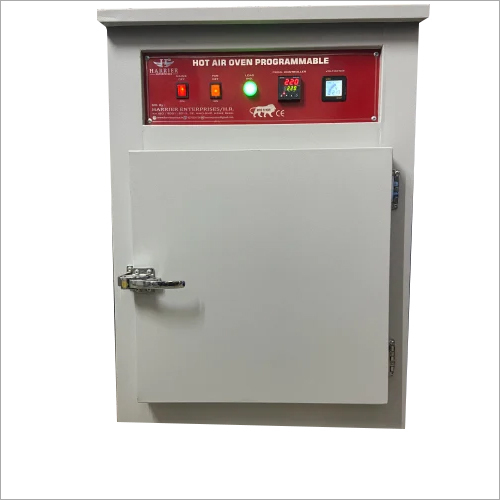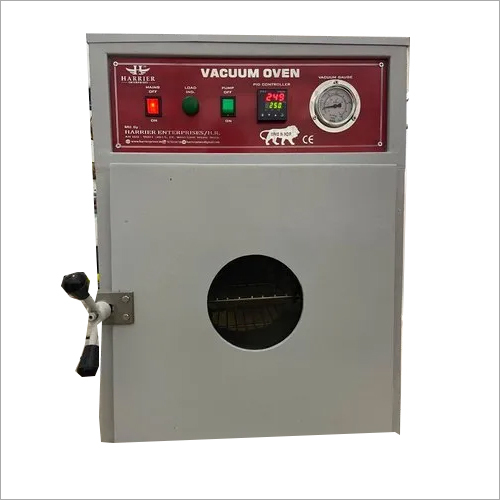Muffle Furnace Uses, Working Principles & Important Benefits
A muffle furnace is an essential tool in laboratories and industrial settings for various thermal processing tasks. Whether you’re dealing with material testing, ashing, sintering, or heat treatment, a muffle furnace plays a critical role in achieving precise, controlled heating. In this blog, we’ll explore its uses, working principles, and the key benefits of using a muffle furnace.
A muffle furnace is a type of high-temperature oven used to heat materials in a controlled, oxygen-free environment. The furnace consists of an insulated chamber (the muffle) where the material is heated, and the chamber is typically separated from the combustion zone to prevent direct contact with flames. This design ensures that materials are heated uniformly and safely, making it ideal for applications that require high precision.
Uses of a Muffle Furnace:
Muffle furnaces are versatile and widely used in different sectors, including material science, research, and manufacturing. Some of the common applications include:
Ashing: Used to burn off organic material from samples to determine the inorganic residue. It’s commonly used in environmental testing, soil analysis, and food testing.
Sintering: In materials science, muffle furnaces are used for sintering ceramics and metals, which involves heating the material to a temperature below its melting point to enhance its properties.
Drying and Curing: A muffle furnace can be used to dry samples, such as powders, metals, or ceramics, and cure coatings or paints.
Heat Treatment: It is used for heat treatment of metals to improve properties like hardness, ductility, and tensile strength.
Glass and Ceramic Firing: In the production of glass or ceramics, muffle furnaces are used to achieve high, uniform temperatures essential for the sintering or firing processes.
Material Testing: It helps in the analysis of material properties by subjecting them to controlled high-temperature conditions, ensuring reproducibility in results.
Working Principles of Muffle Furnace:
The working principle of a muffle furnace is based on the controlled heating of materials in a temperature-regulated, oxygen-free environment. Here’s how it works:
Heating Process: The furnace consists of a heating element, often made from materials like kanthal or nichrome, which generates heat when electrical current flows through it. This heat is evenly distributed inside the furnace chamber.
Temperature Control: The muffle furnace uses a temperature controller, typically connected to a digital or analog thermometer, to set the desired temperature. Modern muffle furnaces come with programmable controllers, allowing users to set precise heating cycles (including ramp-up rates, hold times, and cooling periods).
Muffle Chamber: The furnace’s interior chamber, or “muffle,” is insulated to contain the heat and protect the material inside. The chamber prevents the sample from direct exposure to combustion gases, ensuring an oxygen-free environment for processes like ashing or sintering.
Exhaust System: Some muffle furnaces are equipped with an exhaust system to vent out gases generated during the heating process, ensuring safety and maintaining optimal conditions inside the furnace.
Important Benefits of Using a Muffle Furnace
Precise Temperature Control: Muffle furnaces provide accurate temperature regulation, which is critical for achieving consistent results in material processing and testing.
Uniform Heating: The design of the furnace ensures even heat distribution throughout the chamber, eliminating temperature gradients that could affect the outcome of the process.
Versatility: From sintering ceramics to ashing samples, a muffle furnace can handle a wide range of thermal processes, making it a highly versatile piece of equipment.
Safety: The sealed design of the muffle chamber isolates samples from direct exposure to flames or gases, reducing the risk of contamination and ensuring a safer working environment.
Energy Efficiency: With proper insulation, modern muffle furnaces are energy-efficient, retaining heat within the chamber and reducing energy consumption.
Easy Operation: Many muffle furnaces come with digital controllers that allow users to set and monitor temperature and time with precision, simplifying the overall operation.
Durability: Muffle furnaces are built to withstand high temperatures, providing long-lasting performance even under rigorous industrial conditions.
Conclusion
Muffle furnaces are indispensable tools in a wide range of industries, offering controlled heating, uniform temperature distribution, and precise process management. Whether you’re working in a laboratory, research facility, or industrial setting, the versatility and reliability of a muffle furnace make it an essential investment for high-temperature applications. Understanding how it works and recognizing its key benefits helps ensure that you choose the right furnace for your specific needs, optimizing performance and results every time.
If you’re looking for a high-quality muffle furnace, consider factors like temperature range, control options, and the types of processes you plan to use it for. Investing in the right equipment can significantly enhance the efficiency and accuracy of your operations.


